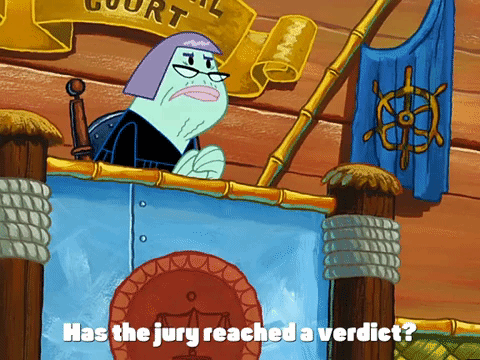"Invest like the rich!!!" "Will the ELTIF be the new ETF??" "Finally private equity for the little ones!!!" are the lurid headlines at the moment. However, this is not about an IKEA outdoor armchair or the latest hot pick from the down-to-earth Flo Pharell, but about a fund category that is not even that new, but is nevertheless slowly coming into focus.
I thought I'd take a closer look at the whole thing so that you can save yourself some research - just in case you stumble across the term, as I did recently.
ELTIF stands for European Longterm Investment Fund. This fund structure is not a new star in the sky, but has been around since 2015, but was simply not really accessible to private investors until now. The range of different funds was rather meagre. The whole thing is only really interesting thanks to ELTIF 2.0, as this reform opens new doors for retail investors.
ELTIFs invest in private markets, i.e. in unlisted investments. For example, private or institutional investors can use ELTIFs to invest in companies that are not listed on the stock exchange (private equity, or PE for short), but they can also gain access to asset classes such as debt financing (private debt), infrastructure or real estate (e.g. hospitals, schools, etc.). There are therefore a wide variety of projects here. ELTIFs are strictly regulated and designed for long-term investments.
It's all about the money
Infrastructure projects and the like cost a pretty penny. The EU knows this. This gives companies the opportunity to access financing that is independent of banks. And private investors? They can look forward to access to eLiTäReN investments such as private equity, which were previously super exclusive and offered unrealistic returns.
Time for a few rap lines about PE:
Private equity, moving silently,
In the boardroom, making deals defiantly,
Cash flow, ROI, they calculate proficiently,
Investing capital, growing businesses efficiently
Requirements for the investment
Difficult, because minimum investments for private investors were generally possible from a bargain price of 10,000 euros, and you also had to have assets of 100,000 euros. This year's reform removes this minimum amount, as well as the asset hurdle and a number of other entry hurdles that previously made it very difficult for low-income earners like us to jump on the ELTIF bandwagon.
Opportunities
- DiversificationIf you've done it all on the trading floor, why not explore the real economy outside the stock market? If you want to supplement your conventional investments, you may find what you are looking for here - especially if you are looking for alternatives to open-ended real estate funds.
- Impact investing: Kind of reminds me of ESG funds - the desire to support projects that make a positive contribution to our environment and society. ELTIFs can make it easier to get started and provide a point of reference.
The risks
- Illiquidity: Invested capital is tied up for the long term - around 8-10 years. Earlier exit? Not possible. Often this is only possible at a discount, because the providers are not obliged to redeem and we are not playing by the rules of the stock exchange here. (insert evil grin)
- Lack of transparency: As nice as the EU may have imagined it to be - the reform unfortunately also leads to some disadvantages for small investors. For example, fund managers of ELTIFs may now be able to buy funds of funds instead of the previously required direct investments, which are not only complex and non-transparent, but also come with higher fees and costs.
- Dilution: The reform raises the proportion of possible liquid investments to 45 percent (previously: maximum 30 percent). If you now buy a fund that has "PRIVATE MARKET" written large on its banner and it suddenly also has the opportunity to invest wildly in liquid investments...well. I wanted to put agile private equity investor #linkedintopvoice
#forbes30under30 in my LinkedIn bio :( :( :( :( - Misleading promises of returns: When we look at private equity, we are often presented with beautiful returns that beat any world (take that, financial flow!). However, you should bear in mind that private equity funds work differently in their calculation of returns (internal rate of return - I'm currently struggling with this part) and are not fully invested from the outset. This distorts the actual return enormously, it is significantly lower than you first assume!
ELTIF vs ETF - confusingly similar?
Certainly not. They are very different products. ELTIFs are actively managed funds outside the stock exchange, while ETFs are passively managed products on the stock exchange. ELTIFs are based on management decisions, while ETFs track an index. They are only similar in name - you should pay attention here. I hereby vote in favor of renaming ELTIFs.
Conclusion
ELTIFs advertise with cool buzzwords. Unfortunately, in my opinion, there is a serious lack of implementation: actively managed, non-transparent fund structures and highly illiquid investments do not sound like the stock market investment of the century to me. The reform seems to make this problem even worse. But who knows - perhaps at some point in the future we will get to know more sensible offers that develop from a broader product range. At the moment, I find the whole thing unsuitable.
Lori product rating: ⭐ / ⭐⭐⭐⭐⭐ (respectfully)
------------------
SOURCES:
(2) https://klimavest.de/de/wissen/ratgeber/eltif/




















